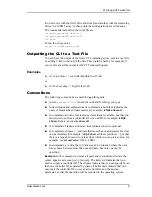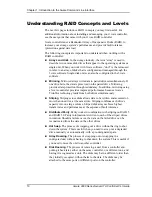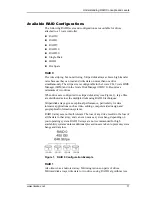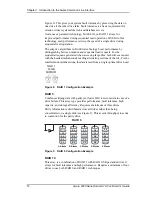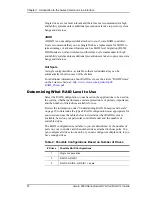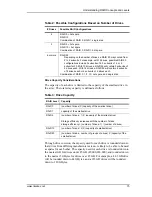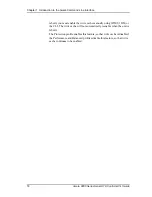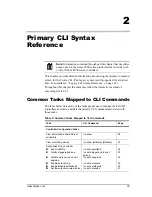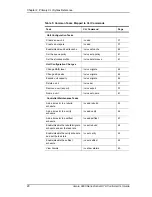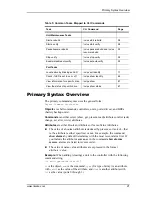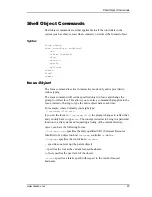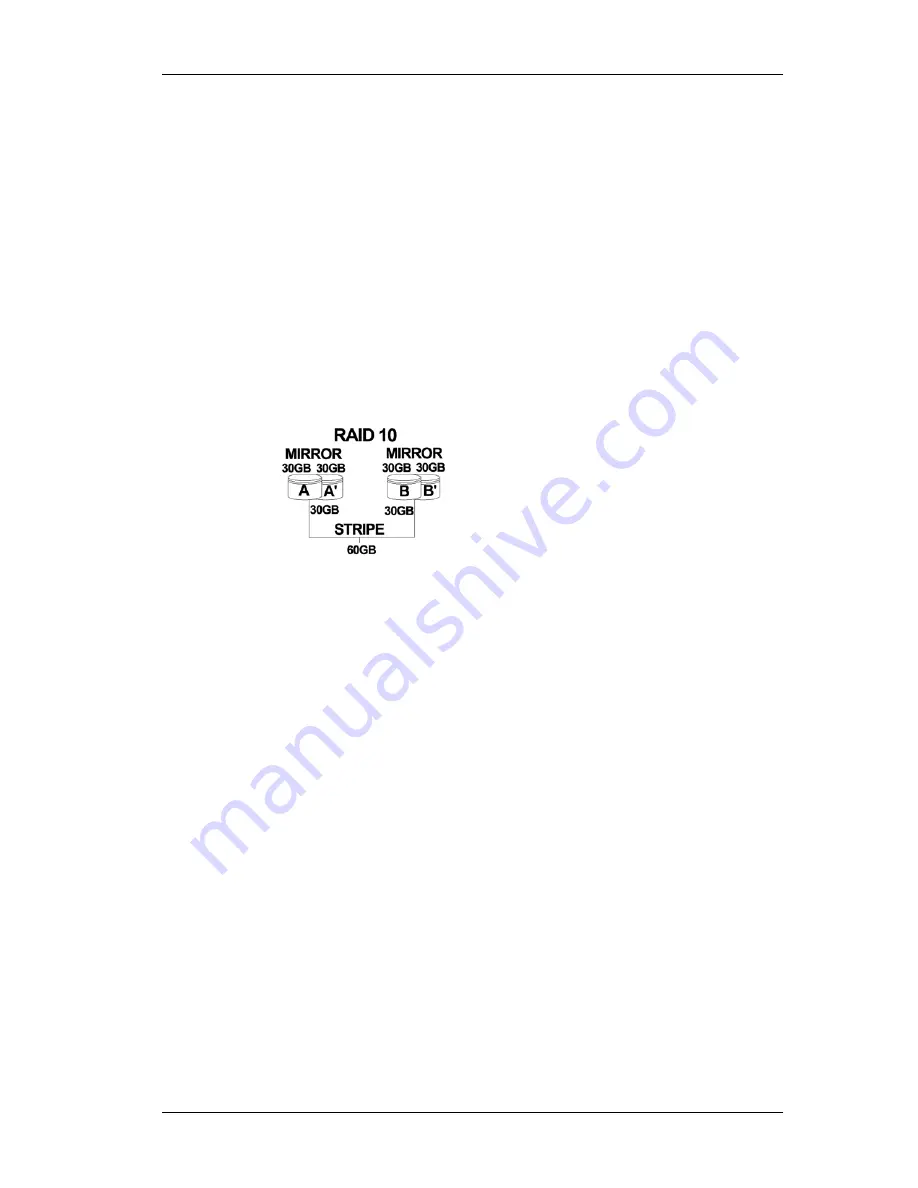
Understanding RAID Concepts and Levels
www.3ware.com
13
When drives are configured as a striped mirrored array, the disks are
configured using both RAID 0 and RAID 1 techniques, thus the name RAID
10 (see Figure 4). A minimum of four drives are required to use this
technique. The first two drives are mirrored as a fault tolerant array using
RAID 1. The third and fourth drives are mirrored as a second fault tolerant
array using RAID 1. The two mirrored arrays are then grouped as a striped
RAID 0 array using a two tier structure. Higher data transfer rates are
achieved by leveraging TwinStor and striping the arrays.
In addition, RAID 10 arrays offer a higher degree of fault tolerance than other
types of RAID levels (such as RAID 1 and RAID 5), since the array can
sustain multiple drive failures without data loss. For example, in a twelve
drive RAID 10 array, up to six drives can fail (half of each mirrored pair) and
the array will continue to function. Please note that if both halves of a
mirrored pair in the RAID 10 array fail, then all of the data will be lost.
Figure 4. RAID 10 Configuration Example
RAID 50
This array is a combination of RAID 5 with RAID 0. This array type provides
fault tolerance and high performance. Requires a minimum of six drives.
Several combinations are available with RAID 50. For example, on a 12-port
controller, you can have a grouping of 3, 4, or 6 drives. A grouping of 3 means
that the RAID 5 arrays used have 3 disks each; four of these 3-drive RAID 5
arrays are striped together to form the 12-drive RAID 50 array.
In addition, RAID 50 arrays offer a higher degree of fault tolerance than other
types of RAID levels (such as RAID 1 and RAID 5), since the array can
sustain multiple drive failures without data loss. For example, in a twelve
drive RAID 50 array, up to one drive in each RAID 5 set can fail and the array
will continue to function. Please note that if two or more drives in a RAID 5
set fail, then all of the data will be lost.
Single Disk
A single drive that has been configured as a unit through 3ware software
(3BM, 3DM2, or CLI). Like disks in other RAID configurations, single disks
contain 3ware Disk Control Block (DCB) information and are seen by the OS
as available units.











